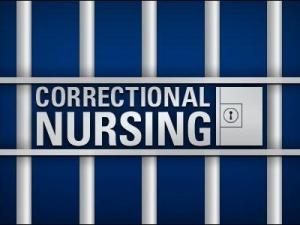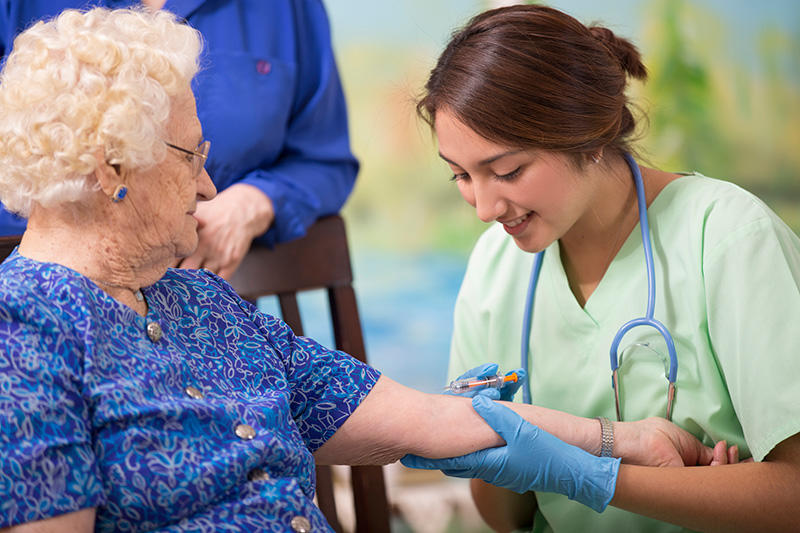Featured
Tags
Share

When a person is incarcerated, most people don’t expect that the inmate will be treated with kindness, care, and compassion. Yet for a select few prison nurses within the criminal justice system, this is a part of the job requirement.
“The nurse has to look at the inmate in a nurse-patient relationship and think in a therapeutic way,” said Lorry Schoenly, Ph.D., RN, CCHP-RN, an adjunct faculty member at Chamberlain College of Nursing. “It can be a challenge to maintain the therapeutic mindset while being realistic about the patient population.”
Schoenly, who has worked in the field for eight years, recently penned Essentials of Correctional Nursing (Springer Publishing Company, Aug. 2012). The book speaks to the ethical issues of the specialty and offers best practice guidelines on delivering care to inmates who are disproportionately affected by mental illness, alcohol and drug dependence, victimization, traumatic injury, and chronic and infectious disease.
“It’s the book I wish I had when I started in the specialty,” she said. “Correctional nursing is quite an invisible field and it was very new to me.”
Correctional nursing encompasses a wide range of practice. For instance, ambulatory or emergency nursing comes in the following trauma during an arrest or a fight in the yard. Mental health nursing has become an increasingly important part of the job, as more inmates suffer from traumatic brain injury, post-traumatic stress disorder or behavioral issues.
“You need to be able to switch gears very quickly,” Dr. Schoenly said. “You just never know what’s going to be happening.”
Undoubtedly, it’s not the specialty for everyone — nurses must adjust to the sound of bars clanging behind them, a high-security presence and being the only nurse on site.
“It’s a very autonomous practice,” she said. “Prisons are in a very desolate area—there are not a lot of resources available. You often need to adjust to the isolation of correctional nursing.”
For those who do choose to become a prison nurse, the rewards of caring for a marginalized and vulnerable patient population can be high.
“Nurses can go home saying, ‘I was kind and compassionate and took care of someone that really needed it today,’” Dr. Schoenly said.
You can follow Lorry’s latest thoughts on correctional nursing – from music and inmate mood to inmate dementia— on her blog and on Twitter.
By Molly Mattison
More from Careers
Request More Information
To receive the Chamberlain University Program Guide, including associated career paths, please select a program of study.






